Alecia Neo
Wayfinding has historically been rooted in physical places, mapping how we orient ourselves, read signposts and navigate routes to reach a destination. In today’s context, how might the process of wayfinding offer new tools for reorientating ourselves in new and shifting territories? How can we create avenues for reencountering each other and discover doors to imaginative travel while making space for understanding oneself?
This space presents a documentation of Neo’s site-specific installation Recipes for Wayfinding, which she developed during her residency with In Transit. Recipes for Wayfinding is currently located at the Esplanade Roof Terrace in Singapore. This work is part of Care Index, Neo’s long-term artistic research that unfolds via collaborations with different practitioners and platforms.
An Invitation
Engaging with Neo’s fabric installation online, we welcome you to contribute to her open call by responding to two exercises, Mapping my emotional Terrain and Recipes for Wayfinding which you’ll find as you scroll through this space.
These exercises in addition to 8 others, emerged from her collective process with project collaborators (Sharda Harrison, Lim Tingli, Celine Tan and Hironori Kawaguchi) of annotating, responding and experimenting with their bodies and life experiences.
You may interpret these activities with freedom, bringing your own creative flair to the mix. Please respond to the exercises and share your photographs, videos and stories of wayfinding. Each submission will be archived on the Care Index website, with credits provided to each contributor.
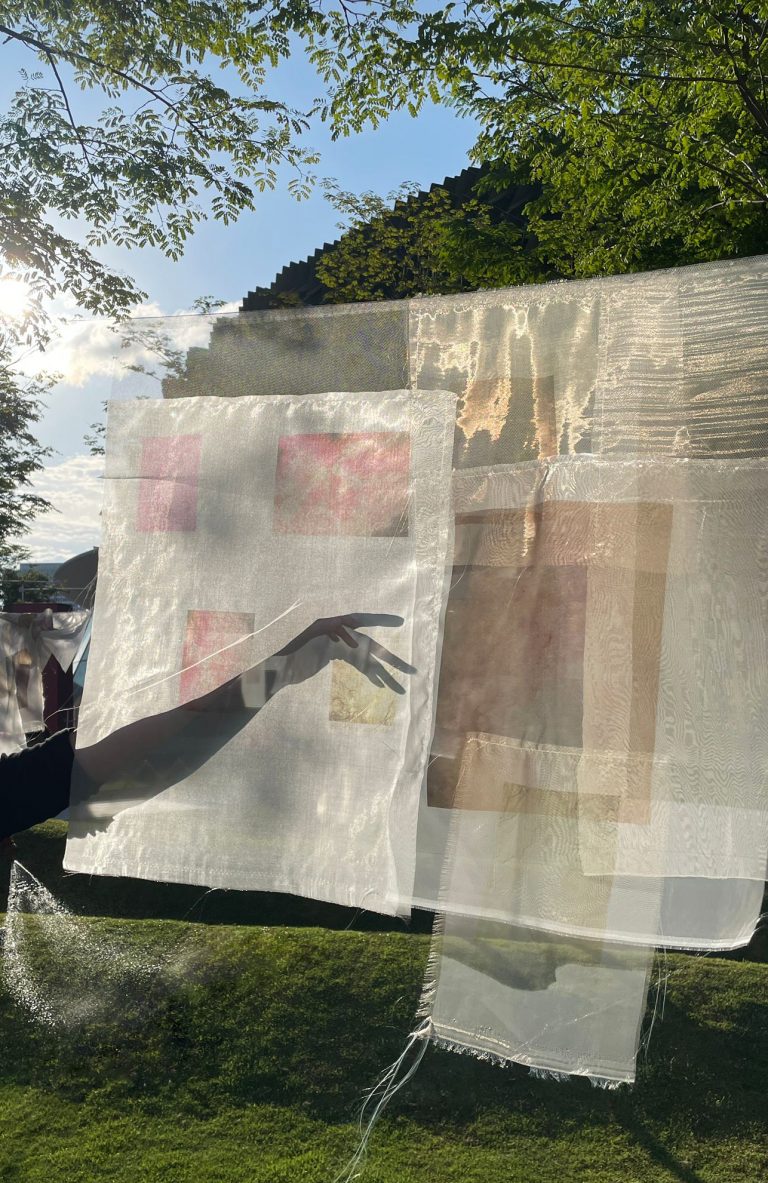
Recipes for Wayfinding explores wayfinding via a patchwork simulacra of human skins. Some of these photographed skins show marks of injury, stresses, and labour, symbolising different bodies that navigate the world. They interact with a variety of textures, structures and materials—present on the roof terrace, situated on reclaimed land—which represent care infrastructures that enable and disable these bodies in their attempts to reclaim themselves.
Installation of Recipes for Wayfinding at Esplanade Roof Terrace, Singapore
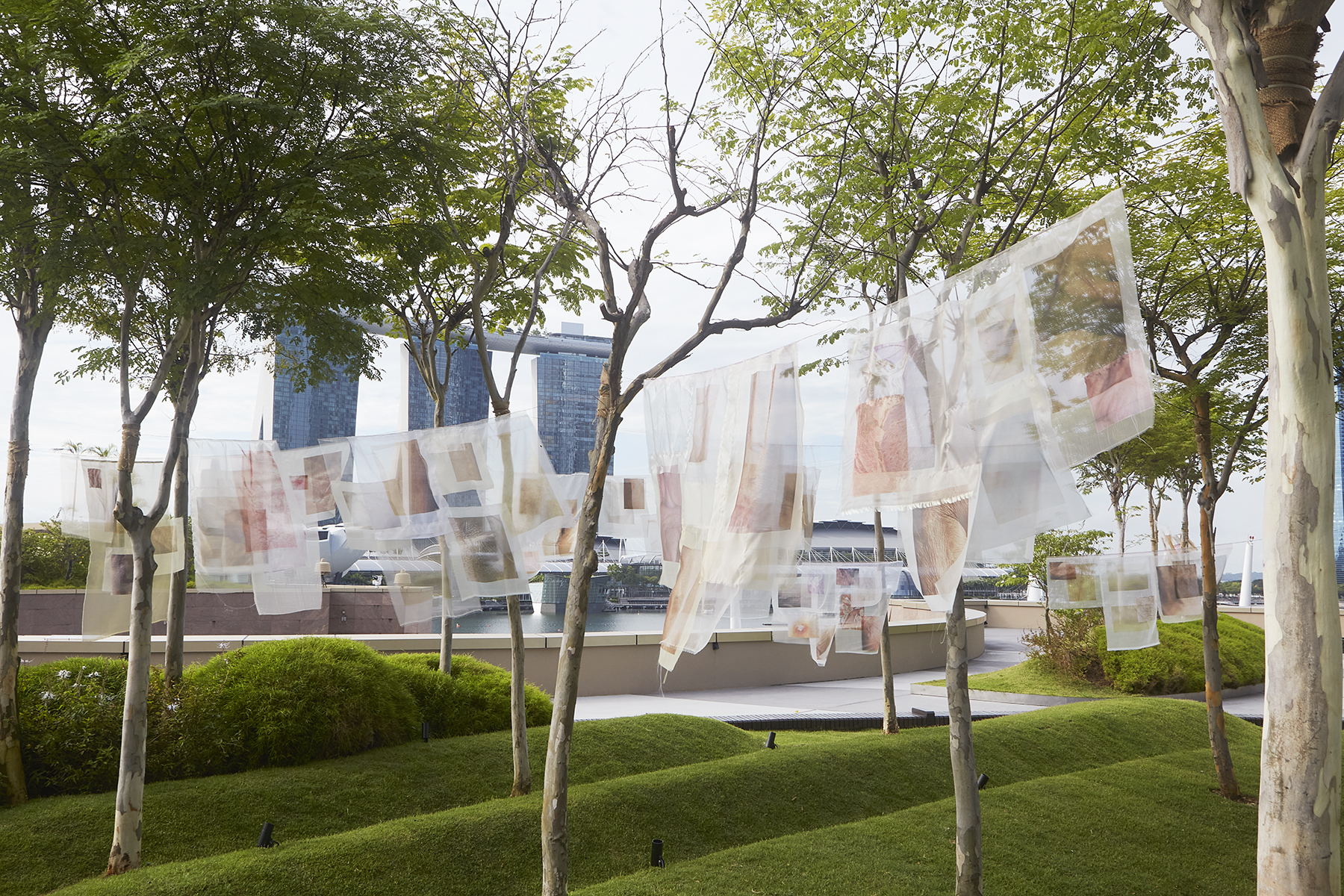
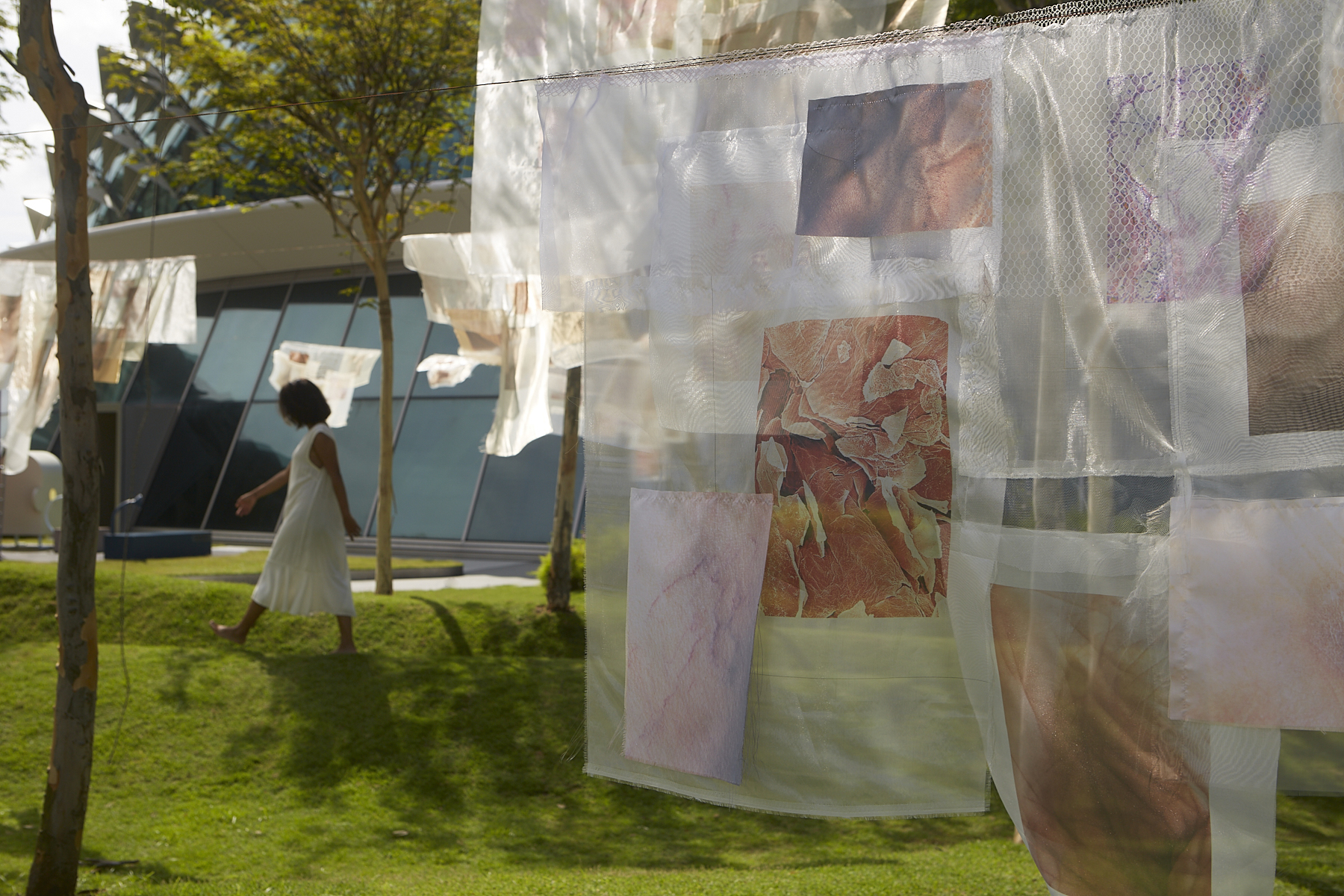
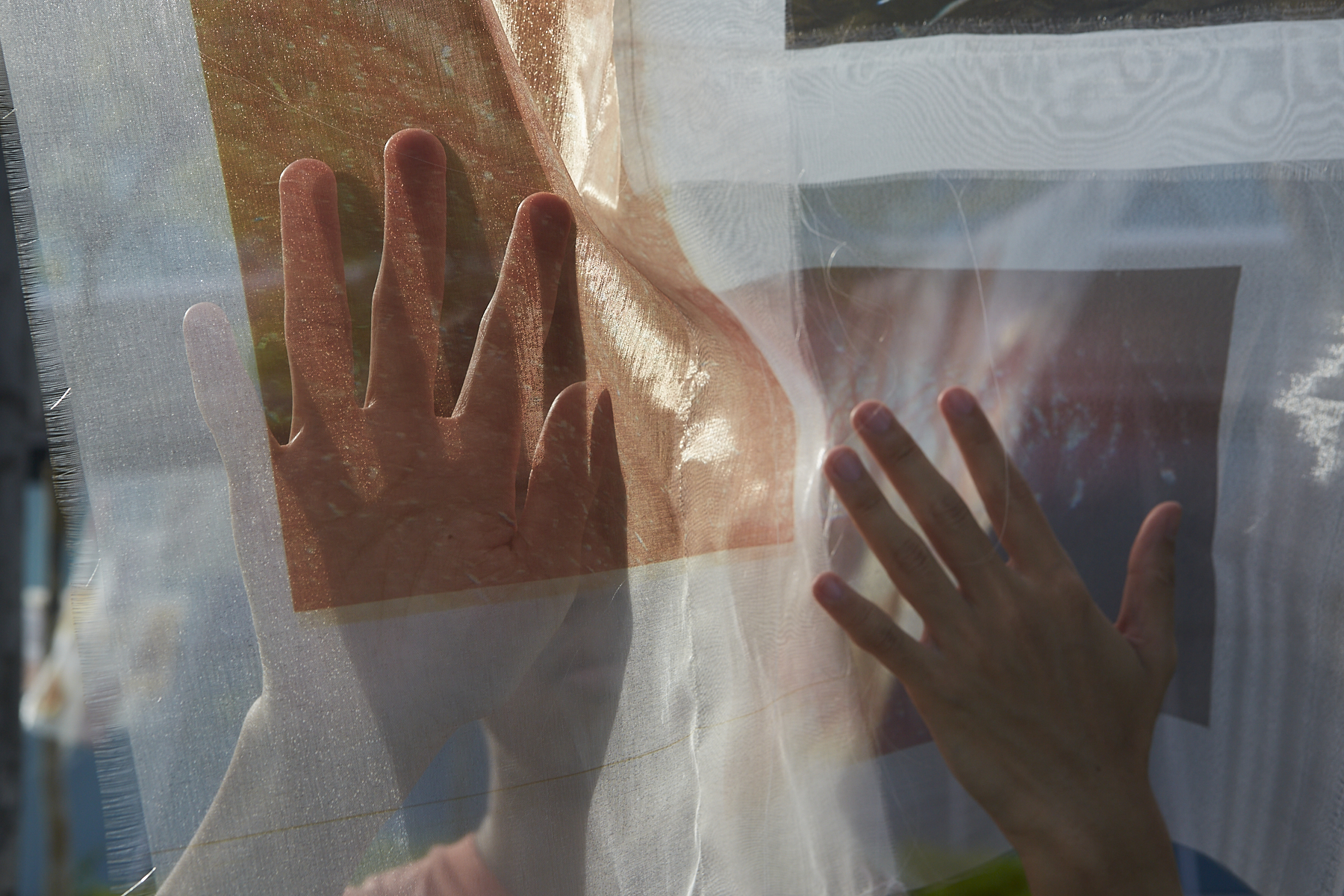
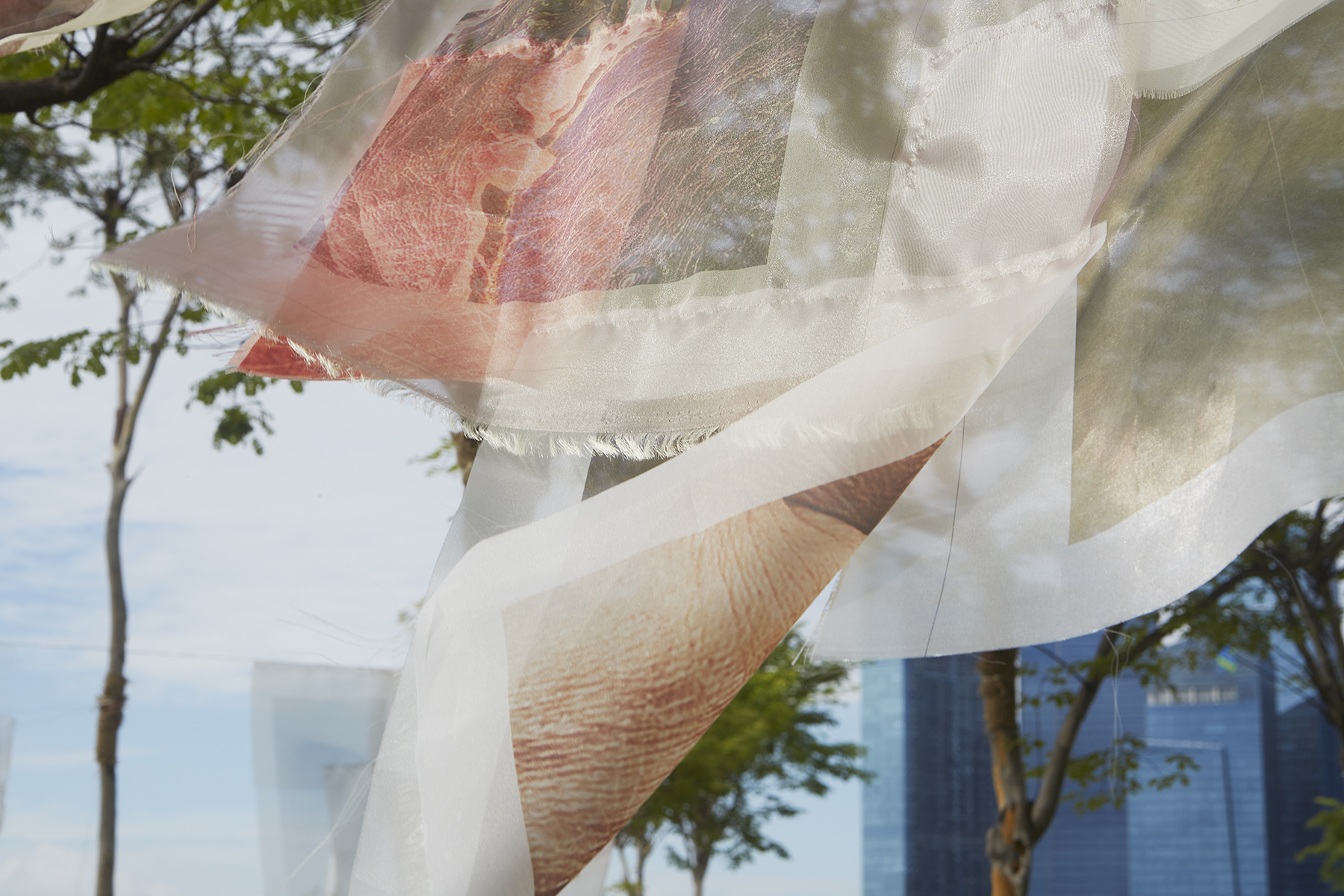
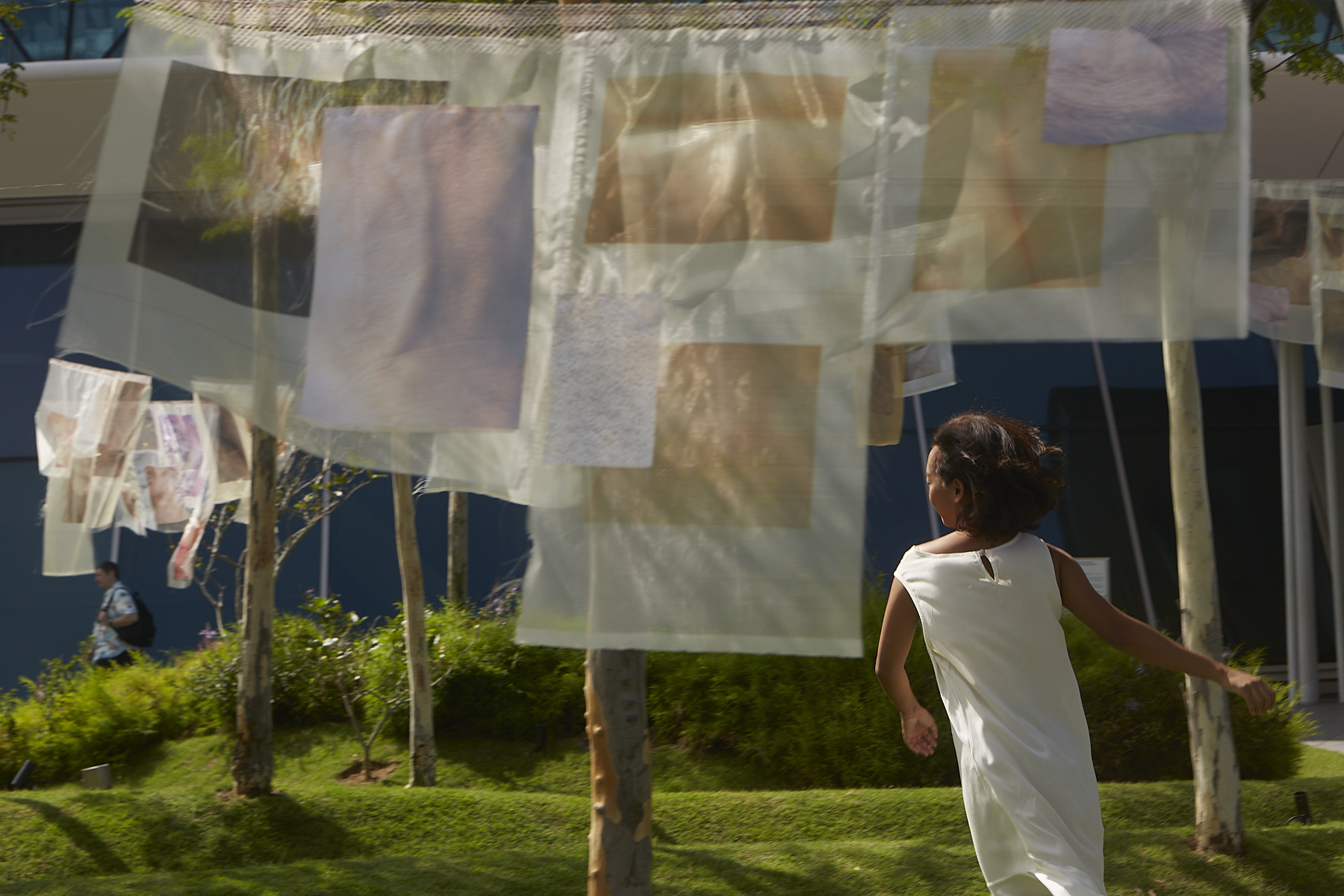
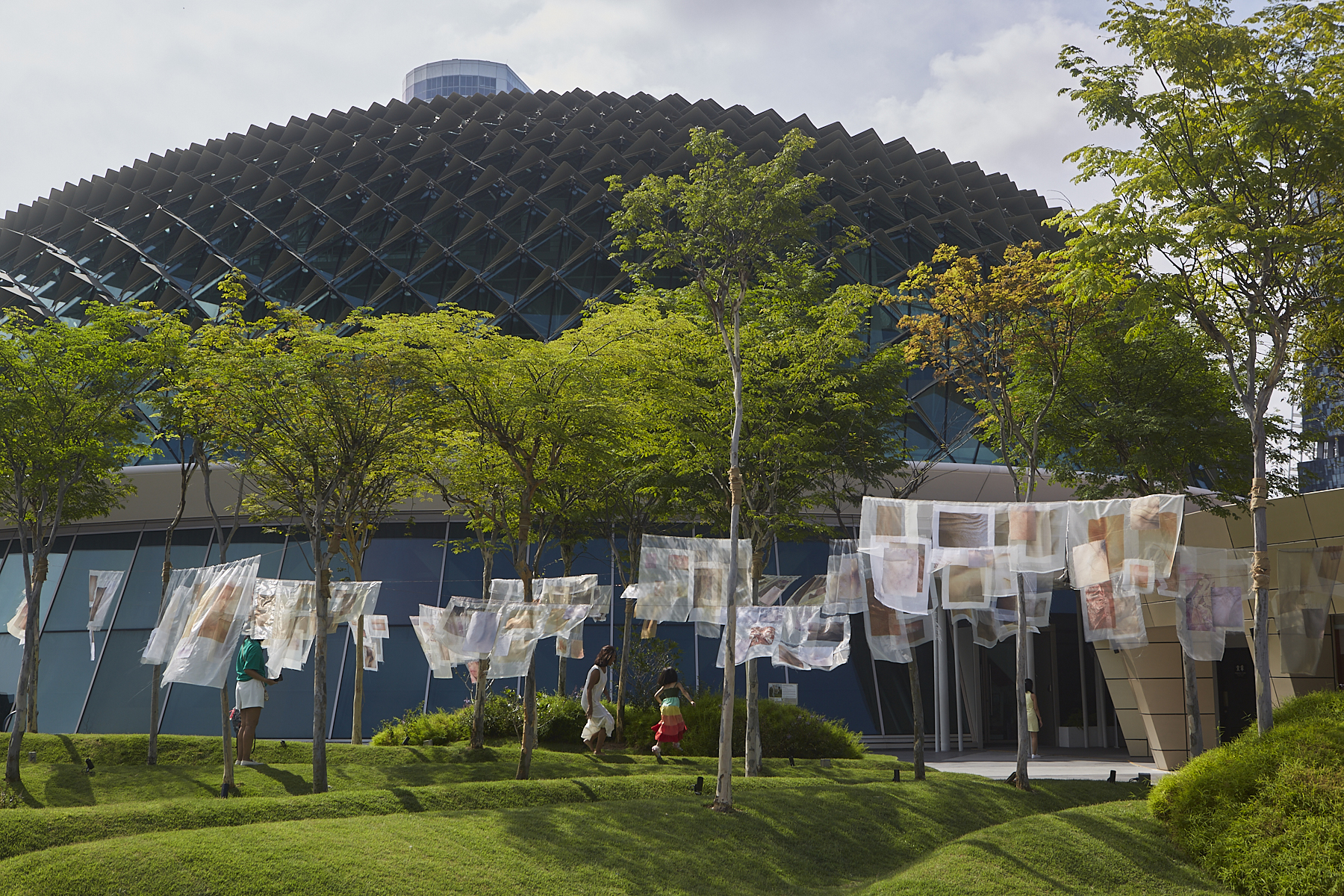
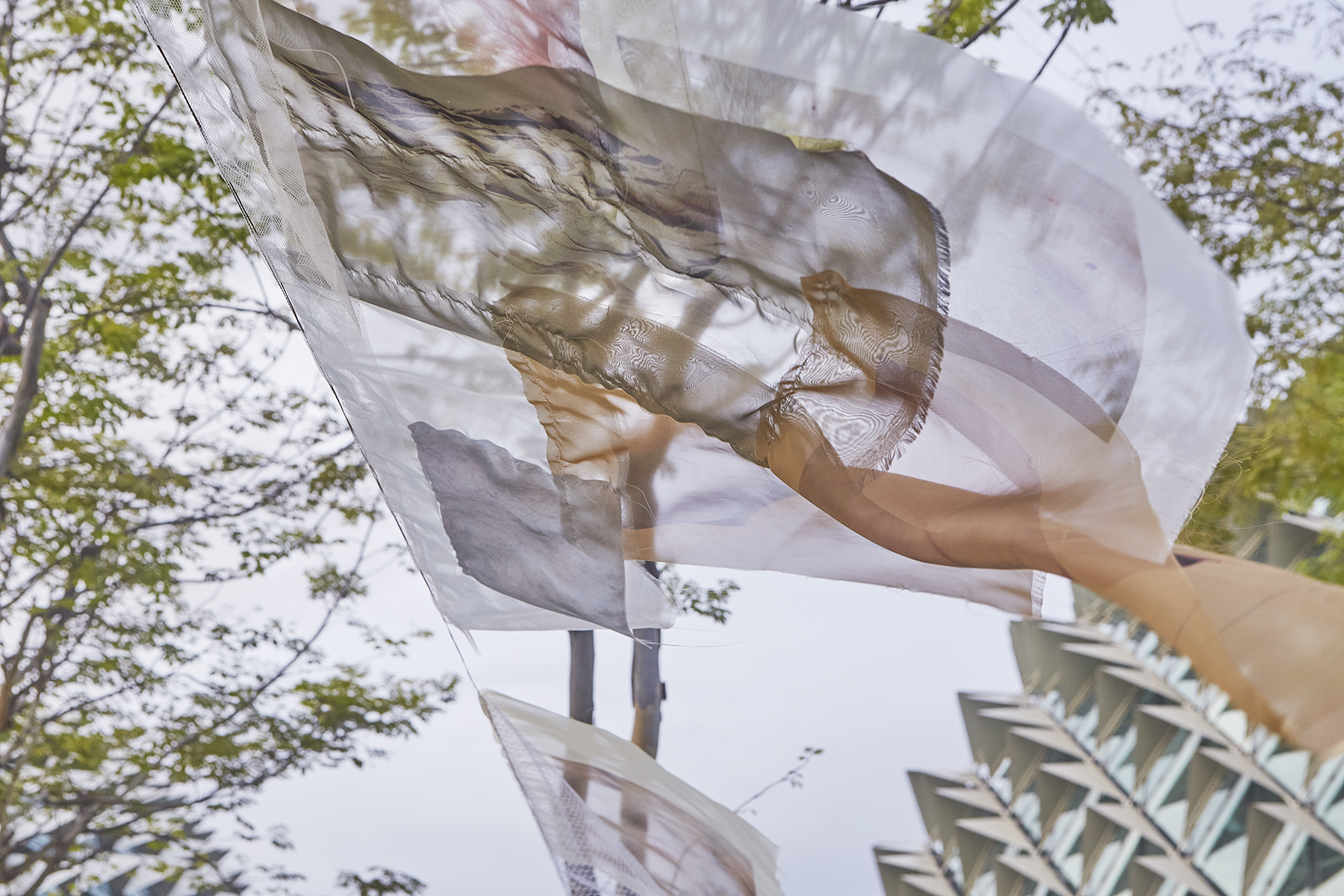
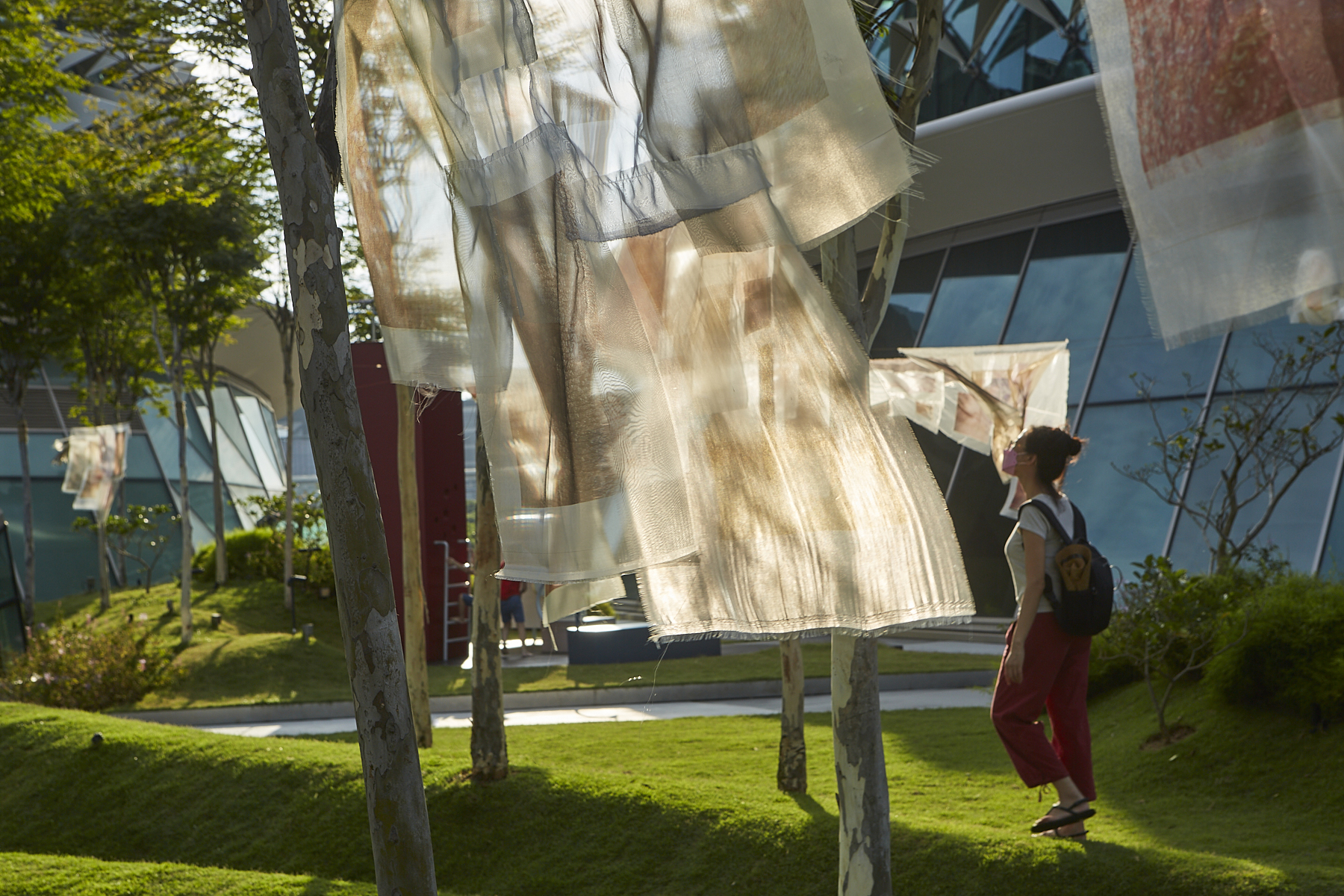
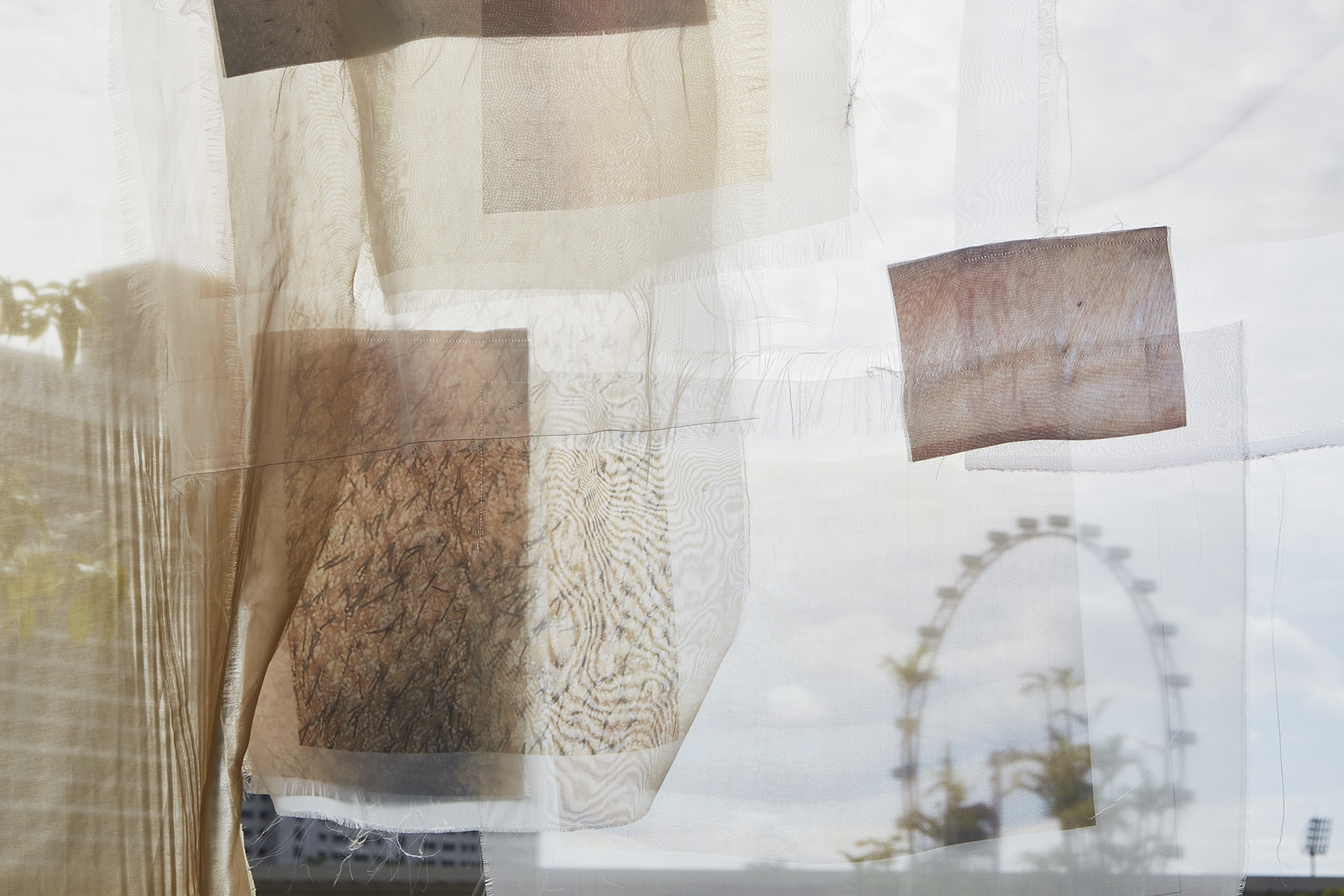


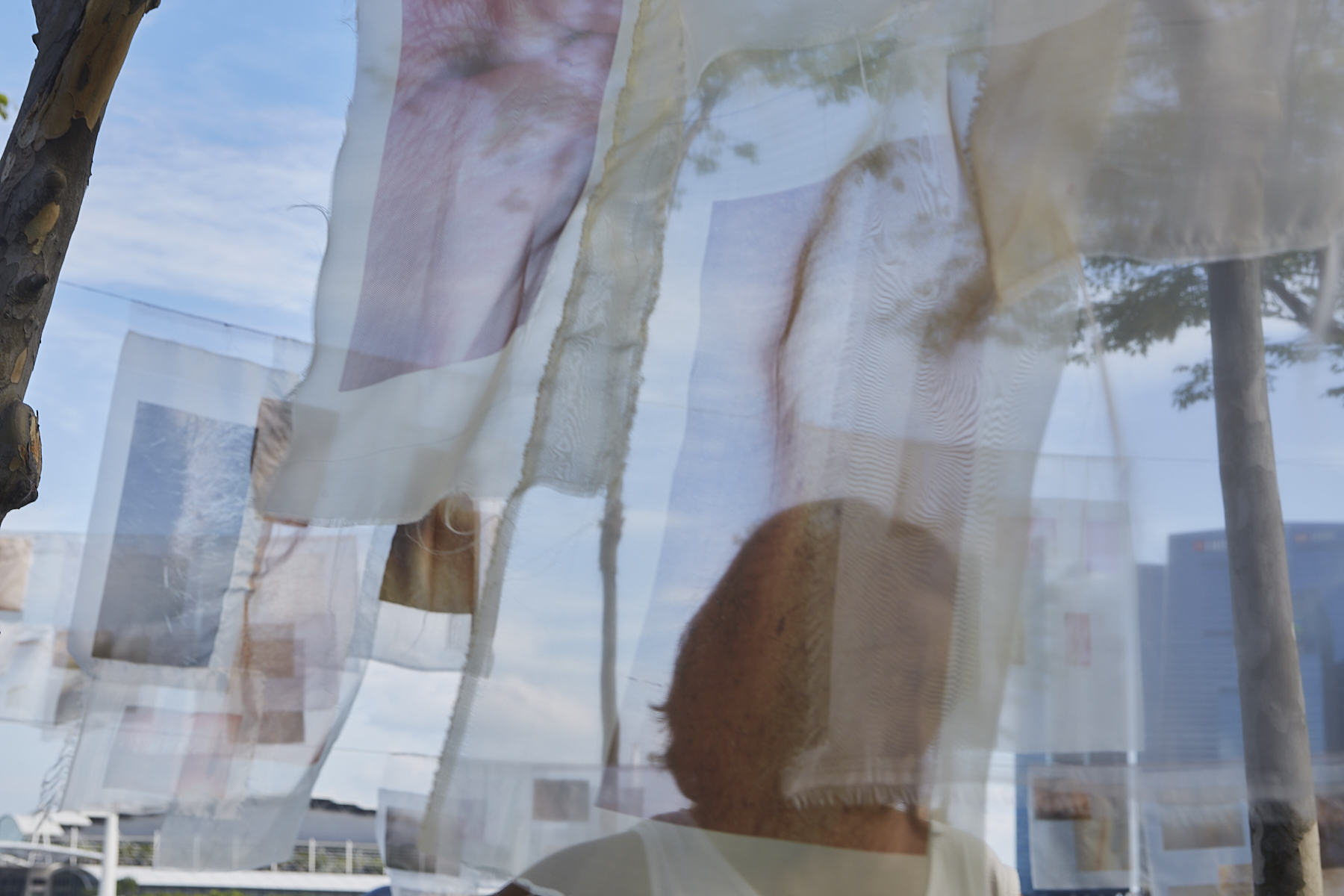
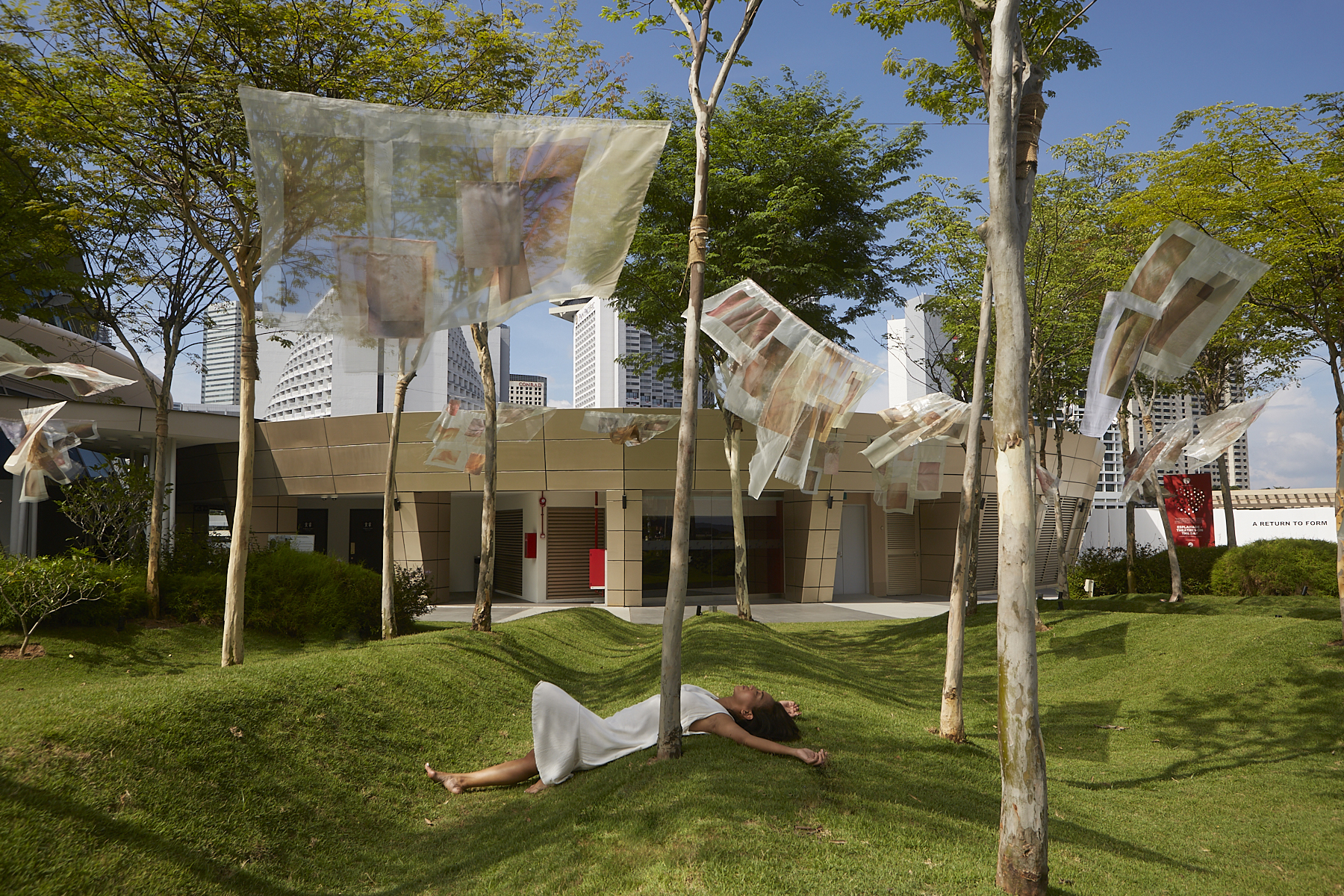
Exercise
Mapping my emotional terrain
This exercise allows you to transform your personal stories and symbolic memories
into a body score of gestures and movement.
Write down on paper the journey you have undertaken.
How would you describe this journey?
What did you observe or learn about yourself?
What were some highlights or lows of this life journey?
Choose a few words or phrases, line drawings or symbols to express your thoughts.
Map your journey with these life imprints. Map the terrain from point A to B.
Include transitions and significant changes that occurred.
Create a walking line. Start with your feet.
Explore a pathway through this journey.
How do we navigate from these different experiences?
To spice things up, try these elements and variations in movement:
- Changing the way you breathe: continuous breath, heavy, light, pulsing, staggered breathing
- Alternative movements: walking, skipping, standing, stooping, jumping, stillness.
- Navigating space differently: Heights/levels: experiment with positioning your body at different levels (squatting, crouching, lying on the fall, rolling, tip-toes, leaping etc.)
- Shapes: What shapes can you create with your body? (round, long, etc.)
- Rhythm and Tempo: What speed do we move at? What patterns do you observe or create with your body?
- Repetition
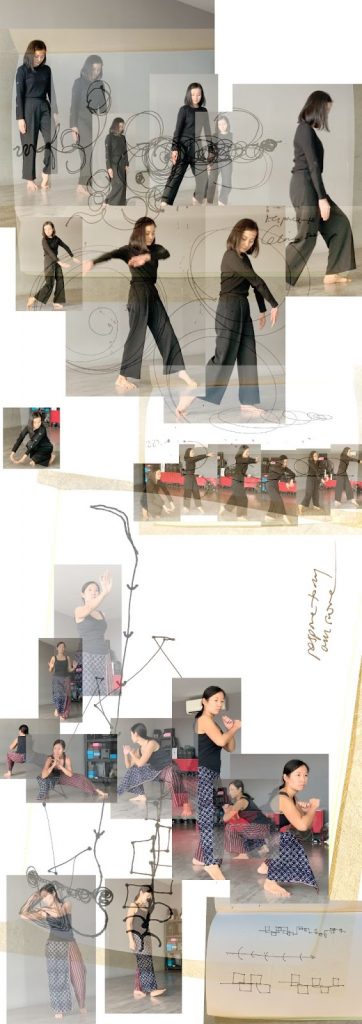
Exercise
Recipes for Wayfinding
These gestures carry our anxieties and circumstances of living with prolonged uncertainty and stresses while expressing our deep desire for connection, release and hope for the future.
Feel free to use our gestures as a starting point and bring in your own experiences. You may repeat or rearrange our gestures to assemble your own score. When in doubt, improvise!
Hover over the gestures to find out their names.
About Alecia Neo
Alecia Neo’s art practice unfolds primarily through visual and participatory projects that address modes of radical hospitality, care and wellbeing. Her recent projects include ramah-tamah (2020), a dance film commissioned by the Asian Civilisations Museum, and Power to the People (2019), a site-specific art installation commissioned by Goethe Institut Singapur. She is currently working on Care Index, a long-term artistic research that unfolds via collaborations with different practitioners and platforms. Care Index was recently presented at The Listening Biennial, Assembly for Permacircular Museums (ZKM, Center for Art and Media Karlsruhe), New Season of Care (Asia-Art-Activism) and Presence of Mind (Gallery Lane Cove, NSW, Australia).